Paper bag experiment is done.
jrcagle
14 years ago
Related Stories
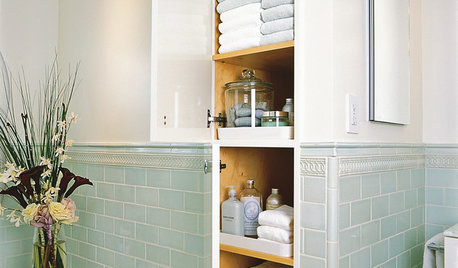
HOUSEKEEPINGGet It Done: Clean Out the Linen Closet
Organized bliss for your bedroom sheets and bathroom towels is just a few hours away
Full Story
LIFEThe Good House: An Experience to Remember
A home that enriches us is more than something we own. It invites meaningful experiences and connections
Full Story
MOST POPULARExperience the Holidays at Frank Lloyd Wright's Home and Studio
Handmade decorations, greenery and gifts show how the famed architect and his family celebrated Christmas in their Oak Park home
Full Story
LANDSCAPE DESIGNArt Brings a New Experience to Modern Home Exteriors
Sculptures and paintings on a home's exterior can create impact and interest before anyone even steps inside
Full Story
ARCHITECTUREWorld of Design: A Tokyo Exhibit Experiments With the Future of ‘Home’
Japan’s architects and housing industry explore new ideas for dwellings that respond to changes in society, tech and the natural world
Full Story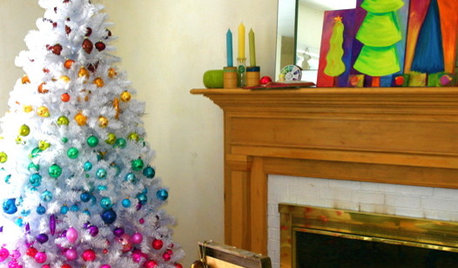
HOUSEKEEPINGGet It Done: Store Decorations and Tidy Up Postholidays
Move on to New Year's with a clear conscience, knowing you've recycled thoughtfully and packed carefully to make setup next year easy
Full Story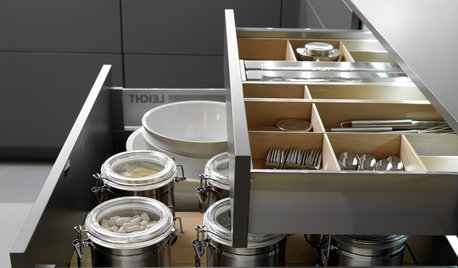
KITCHEN DESIGNGet It Done: Organize Your Kitchen Drawers
Clear 'em out and give the contents a neat-as-a-pin new home with these organizing and storage tips
Full Story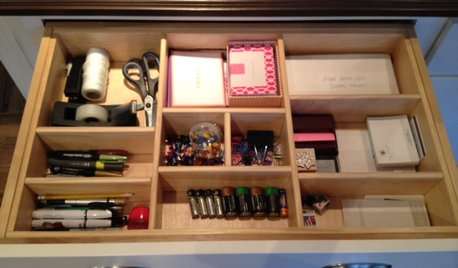
HOUSEKEEPINGGet It Done: Whip That Junk Drawer Into Shape
If the jumbled mess in your catch-all drawer inspires only dread, this quick organizing project is just the sort you need
Full Story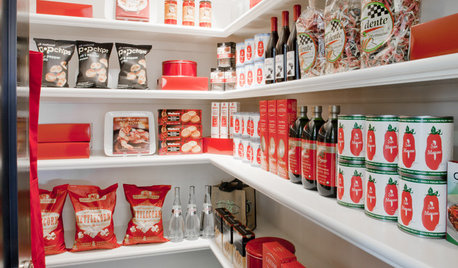
KITCHEN STORAGEGet It Done: How to Clean Out the Pantry
Crumbs, dust bunnies and old cocoa, beware — your pantry time is up
Full Story
HOUSEKEEPINGThree More Magic Words to Help the Housekeeping Get Done
As a follow-up to "How about now?" these three words can help you check more chores off your list
Full StorySponsored
Franklin County's Preferred Architectural Firm | Best of Houzz Winner
More Discussions



butterflyman
susanlynne48
Related Professionals
Brownsville Landscape Contractors · Chesapeake Ranch Estates Landscape Contractors · Goodlettsville Landscape Contractors · Hawaii Landscape Contractors · Lewisville Landscape Contractors · Oviedo Landscape Contractors · San Antonio Landscape Contractors · Tustin Landscape Contractors · Tyngsboro Landscape Contractors · East Haven Fence Contractors · Laguna Beach Fence Contractors · Park Ridge Fence Contractors · Surfside Fence Contractors · Woodinville Fence Contractors · Angleton Fence Contractorsbutterflymomok
bananasinohio
butterflymomok
KC Clark - Zone 2012-6a OH
bettyd_z7_va
bananasinohio
butterflymomok
KC Clark - Zone 2012-6a OH
butterflymomok
docmom_gw